Generative AI Trends Transforming Customer Experience
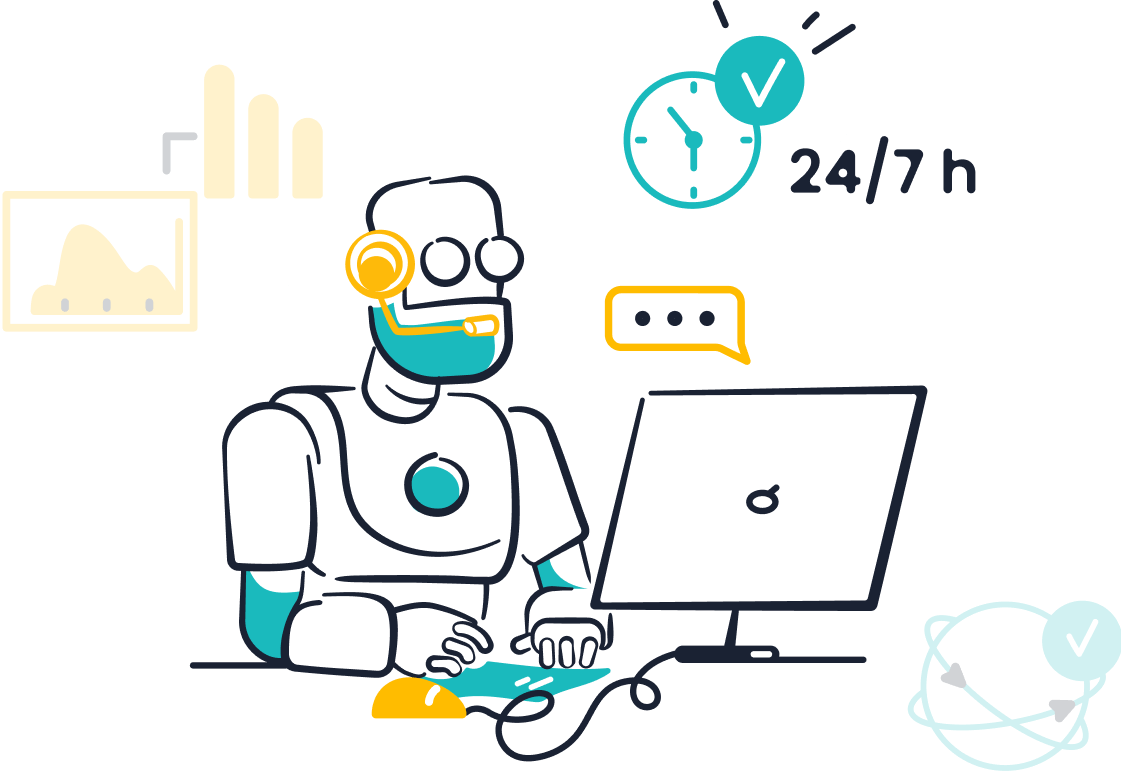
Imagine a world where every interaction you have with a brand feels tailor-made just for you. That’s the magic of generative AI in customer experience. By 2025, this powerful technology will redefine how businesses engage with you, creating emotionally resonant and highly personalized connections. Did you know that 73% of customers rank experience right below price and product quality? With trends pointing to a $118 billion generative AI market by 2032, companies like Sobot are already using AI technology to transform CX. The future of artificial intelligence promises smarter, faster, and more meaningful engagement.
Hyper-Personalization: The Future of Generative AI in Customer Experience

Defining Hyper-Personalization in Customer Interactions
Hyper-personalization takes customer engagement to the next level by tailoring every interaction to your unique preferences, behaviors, and needs. Unlike traditional personalization, which might only use your name in an email, hyper-personalization leverages advanced technologies like artificial intelligence and machine learning to analyze vast amounts of data. This allows businesses to predict what you want before you even ask.
Think about your favorite online store recommending products you didn’t know you needed or a streaming service suggesting a show that feels like it was made just for you. These aren’t coincidences—they’re the result of hyper-personalization. By using real-time data, businesses can create highly personalized experiences that make you feel valued and understood.
Metrics like customer satisfaction, loyalty, and retention are key indicators of hyper-personalization’s success. For example, 65% of consumers are more likely to stay loyal to a brand that offers a personalized experience, according to Salesforce. This trend is reshaping customer experience trends, making hyper-personalization a must-have strategy for businesses aiming to thrive in 2025 and beyond.
Applications of Hyper-Personalization in Customer Service
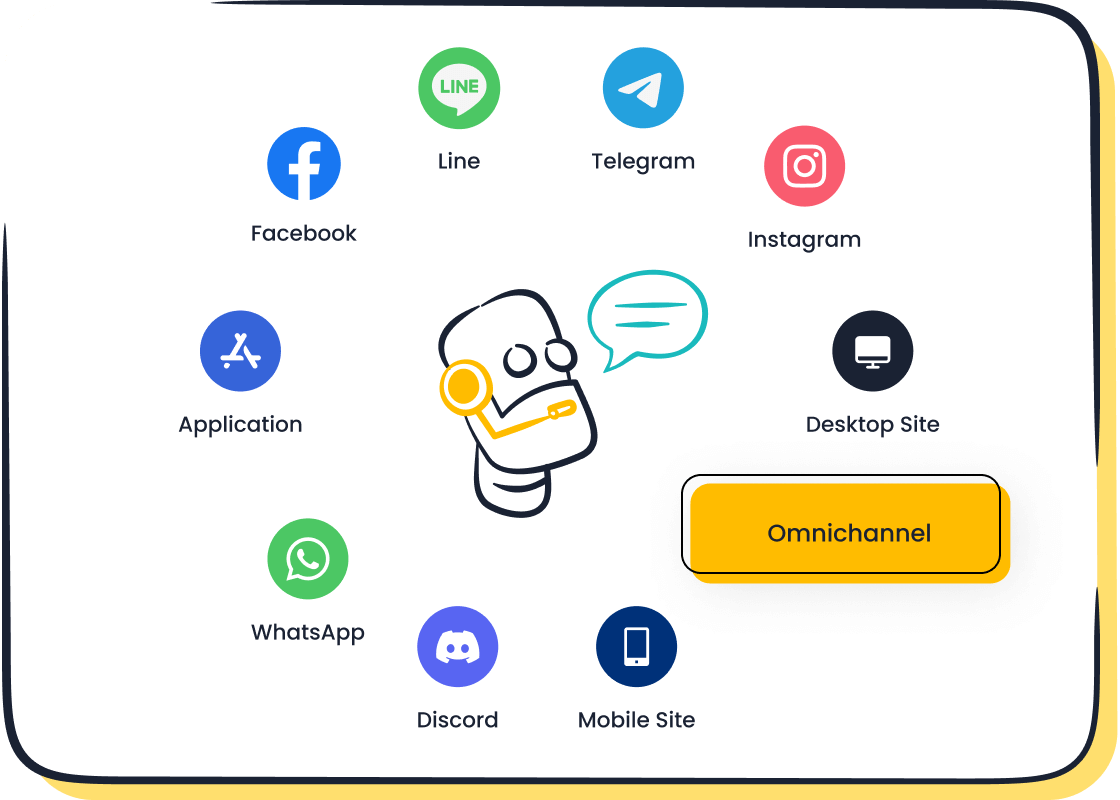
Hyper-personalization isn’t just about marketing—it’s transforming customer service too. Imagine contacting a company and being greeted by a virtual agent who already knows your issue based on your past interactions. That’s the power of AI-powered CX solutions like Sobot’s omnichannel chatbot. It uses real-time data to provide instant, accurate responses across platforms like WhatsApp, SMS, and email.
Take OPPO, for instance. By integrating Sobot’s chatbot, they achieved an 83% resolution rate for customer inquiries. The chatbot handled repetitive questions, allowing human agents to focus on complex issues. This seamless blend of human and AI technology not only improved efficiency but also boosted customer satisfaction.
Hyper-personalization also shines in proactive engagement. For example, businesses can send you reminders about items left in your cart or offer discounts on products you’ve browsed. According to Invesp, 56% of online customers are more likely to return to a site that offers personalized product recommendations. These applications make customer experiences smoother, faster, and more enjoyable.
Benefits for Customer Retention and Loyalty
Why does hyper-personalization matter so much? Because it builds trust and keeps you coming back. When a brand understands your needs and delivers tailored solutions, you feel valued. This emotional connection fosters loyalty and turns you into a repeat customer.
The numbers speak for themselves. Businesses that implement hyper-personalization strategies see up to a 41% increase in conversion rates. Additionally, 80% of customers are open to purchasing from companies that provide personalized experiences. These stats highlight how hyper-personalization isn’t just a trend—it’s a game-changer for customer retention.
Sobot’s AI solutions are designed to help businesses achieve these results. By offering omnichannel support and leveraging generative AI, Sobot enables companies to deliver consistent, personalized interactions across all touchpoints. Whether it’s through chat, email, or voice, Sobot ensures your experience feels seamless and tailored to your preferences.
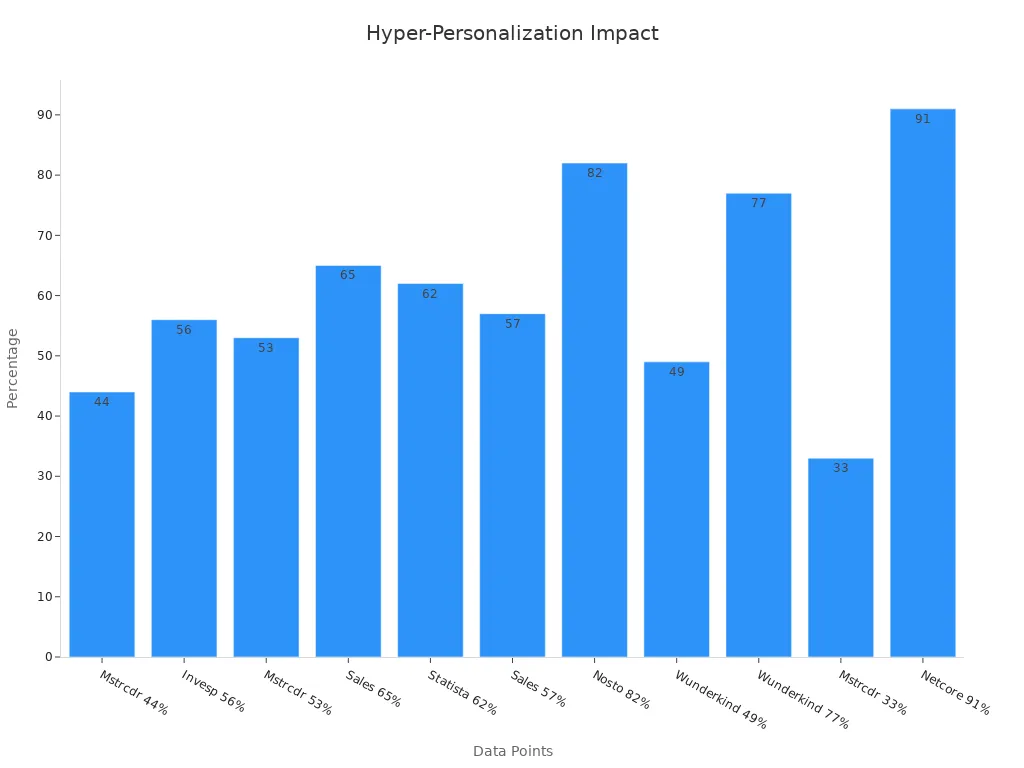
In a world where 91% of shoppers would abandon a retailer over a poor experience, hyper-personalization is no longer optional. It’s the key to staying competitive and building lasting relationships with your customers.
Proactive Engagement: Predictive AI in Customer Experiences
Anticipating Customer Needs with Predictive AI
Imagine if a company could predict what you need before you even ask. That’s the magic of AI-powered predictive analytics. By analyzing historical data and customer behavior, businesses can anticipate your needs and offer solutions proactively. For example, AI can identify patterns in your past purchases or interactions to predict what you might want next. This foresight allows companies to craft personalized experiences that feel intuitive and seamless.
Predictive models like decision trees and neural networks play a big role here. They transform raw data into actionable insights, helping businesses tailor their offerings to match your preferences. This approach doesn’t just improve your experience—it also builds trust and loyalty. When a brand consistently meets your needs, you’re more likely to stick around.
Real-World Examples of Proactive Engagement
You’ve probably already experienced proactive customer engagement without realizing it. Companies like Volkswagen use AI to analyze online searches and social media activity, creating marketing strategies that feel custom-made for you. Sephora’s chatbot takes it a step further by offering skincare advice based on your purchase history, making you feel like you have a personal beauty consultant. Even Walmart uses AI to adjust inventory and pricing dynamically, ensuring you always find what you need in stock.
These examples show how predictive AI isn’t just about solving problems—it’s about creating opportunities. By addressing your needs before they become issues, businesses can enhance your overall experience and keep you coming back for more.
Impact on Customer Satisfaction and Operational Efficiency
Predictive AI doesn’t just make your life easier—it also helps businesses run more smoothly. AI-powered chatbots provide instant, 24/7 support, reducing response times and improving satisfaction. For instance, a telecom company used AI to handle 70% of customer inquiries automatically, cutting call center volume by 40%. This kind of efficiency means you get faster service while companies save on costs.
Proactive engagement also scales effortlessly during peak times, ensuring you’re never left waiting. By automating repetitive tasks and predicting maintenance needs, businesses can focus on delivering exceptional CX. The result? Happier customers and more efficient operations.
Virtual Agents and Chatbots: Redefining Customer Support
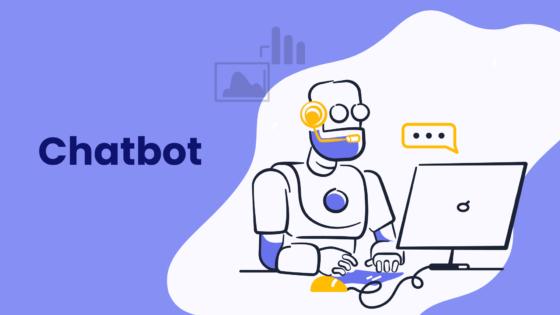
The Role of Virtual Agents in Modern Customer Service
Virtual agents and chatbots have become the backbone of modern customer service. They’re not just tools; they’re transforming how businesses interact with you. These advanced virtual agents can handle thousands of inquiries simultaneously, ensuring you get quick and accurate responses without waiting in long queues. Whether it’s answering FAQs, processing refunds, or guiding you through troubleshooting steps, they’re designed to make your life easier.
The numbers back this up. Virtual agents achieve a resolution rate of over 65%, compared to the industry average of 55%. They also boast response accuracy rates above 90%, significantly higher than the standard 82%. And they don’t just stop there. By automating repetitive tasks, they reduce the average handle time to under two minutes, saving you precious time. Here’s a quick snapshot of their impact:
| Metric | Target Benchmark | Industry Average |
|---|---|---|
| Resolution Rate | >65% | 55% |
| Response Accuracy | >90% | 82% |
| Customer Satisfaction | >4.2/5 | 3.8/5 |
| Average Handle Time | <2 min | 3.5 min |
These stats show how virtual agents are reshaping customer experiences by delivering faster, more efficient service. And the best part? They’re available 24/7, ensuring you’re never left without support.
Sobot Chatbot: Enhancing Customer Interactions

When it comes to redefining CX, Sobot’s AI-powered chatbot stands out. It’s not just another chatbot; it’s a game-changer. Designed to handle regular queries autonomously, it improves productivity by 70% and cuts costs by up to 50%. Imagine reaching out to a business and getting instant, accurate answers—no delays, no frustration.
Sobot’s chatbot doesn’t just stop at efficiency. It’s multilingual, omnichannel, and operates around the clock. Whether you’re on WhatsApp, SMS, or email, it ensures seamless interaction across platforms. The results speak for themselves:
| Metric | Before Sobot | After Sobot | Improvement |
|---|---|---|---|
| Customer Satisfaction (CSAT) | N/A | 97% | +97% |
| Agent Efficiency | N/A | 30% | +30% |
Take OPPO as an example. By integrating Sobot’s chatbot, they achieved an 83% resolution rate and a 94% positive feedback score. The chatbot handled repetitive questions, freeing up human agents to focus on complex issues. This blend of AI and human expertise not only improved efficiency but also boosted customer satisfaction.
Sobot’s chatbot also excels in proactive engagement. It can send reminders about abandoned carts or offer personalized product recommendations, helping businesses increase conversions by 20%. With Sobot, every interaction feels tailored to your needs, making your experience smoother and more enjoyable.
Human-Agent Collaboration for Complex Queries
While chatbots excel at handling routine tasks, some situations require a human touch. That’s where human-agent collaboration shines. Imagine you’re dealing with a billing issue or a technical glitch that needs empathy and problem-solving skills. AI can provide the facts, but only a human can truly understand your frustration and offer meaningful support.
This collaboration combines the best of both worlds. AI handles repetitive tasks, freeing up human agents to focus on complex queries. This approach enhances personalization, ensures consistent service quality, and addresses issues that require emotional intelligence. Here’s how it works:
- AI quickly gathers and analyzes your information, providing agents with a detailed summary.
- Human agents step in to offer personalized solutions, ensuring your concerns are fully addressed.
- Together, they deliver faster responses and higher satisfaction rates.
For example, businesses using AI virtual assistants report a 27% reduction in ticket handling time. This efficiency doesn’t just benefit companies—it ensures you get the help you need without unnecessary delays. By blending AI’s speed with human empathy, businesses can create customer experiences that feel both efficient and personal.
Tip: The next time you interact with a chatbot, know that it’s not just about automation. It’s about creating a seamless partnership between technology and human expertise to serve you better.
Voice AI and Conversational Interfaces in Customer Experience
The Rise of Voice AI in Customer Service
Voice AI is changing how you interact with businesses. It’s no longer just about typing messages or waiting on hold. With voice AI, you can speak directly to systems that understand your needs and respond instantly. This shift is part of a larger trend where companies move from reactive support to proactive engagement, making customer experiences smoother and more efficient.
The numbers tell the story. By 2024, 26% of contact centers will use AI, and by 2025, that number will jump to 42%. Businesses adopting voice AI gain a competitive edge by offering 24/7 availability and handling high call volumes without breaking a sweat. Imagine calling a company and getting immediate help without waiting in line. That’s the power of voice AI.
| Statistic | Value |
|---|---|
| 2024 Contact Centers Implementing AI | 26% |
| 2025 Contact Centers Planning to Adopt AI | 42% |
| Post-2026 Adoption Plans | 17% |
Applications in Call Centers and Self-Service Platforms
Voice AI shines in call centers and self-service platforms. It handles large call volumes, reduces queue times by up to 50%, and resolves issues faster than human agents. For quick inquiries, 69% of customers prefer using AI-driven systems like chatbots or voicebots. These tools don’t just save time—they make your experience more personalized and efficient.
| Metric | Improvement |
|---|---|
| Operational Cost Reduction | Up to 50% reduction |
| Increase in Sales-Qualified Leads | 60% increase |
| Customer Satisfaction Score (CSAT) | 27% boost |
Voice AI also powers interactive voice response (IVR) systems, helping you navigate menus and solve problems without speaking to an agent. This technology ensures you get the help you need quickly, whether it’s checking your account balance or troubleshooting a product.
Overcoming Challenges in Voice Recognition and NLP
Voice recognition and natural language processing (NLP) have come a long way, but they still face hurdles. Systems sometimes struggle with accents, background noise, or understanding complex queries. Privacy concerns also arise when handling sensitive data. Despite these challenges, advancements in NLP are improving accuracy and efficiency.
| Challenge Type | Description |
|---|---|
| Technical | Voice recognition struggles with accents and background noise. |
| Financial | High costs of implementing NLP technologies. |
| Legal | Privacy regulations require careful data handling. |
Future innovations promise to address these issues. As technology evolves, you can expect even more seamless and secure interactions, making voice AI an essential part of customer service.
Overcoming Challenges and Unlocking Opportunities with Generative AI
Addressing AI-to-Human Handoffs in Customer Support
Smooth AI-to-human handoffs are critical for delivering exceptional CX. Imagine contacting a company and having to repeat your issue multiple times—frustrating, right? That’s why businesses are focusing on seamless transitions between AI and human agents. When done right, these handoffs ensure you don’t feel like just another ticket number.
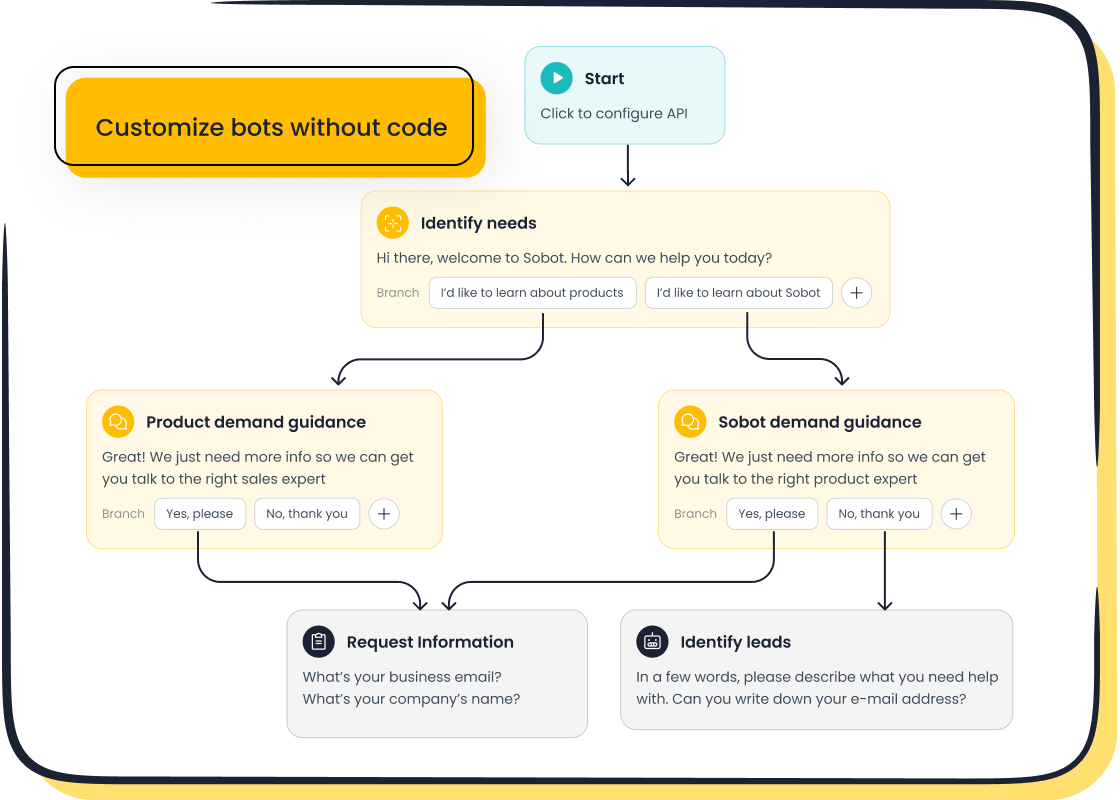
Metrics like the AI Experience Impact Score (AXIS) and Handoff Smoothness (HS) measure how well AI escalates issues to human agents. For example, 62% of customer service transitions are high-effort, but smoother handoffs can significantly boost customer satisfaction. AI systems like Sobot’s chatbot excel here. They provide agents with detailed summaries of your interaction history, so you don’t have to repeat yourself. This approach not only saves time but also improves resolution quality.
Companies like Lime and Upwork have already seen success. Lime uses AI to prioritize and triage queries based on severity, while Upwork ensures consistent support by training remote teams with generative AI. These strategies highlight how AI-human collaboration can elevate customer experiences.
Ensuring Data Quality and Regulatory Compliance
Data is the backbone of AI. Poor data quality can lead to inaccurate predictions and costly errors. High-quality data, on the other hand, ensures AI delivers reliable results. For instance, industries that prioritize data accuracy save millions by avoiding errors in AI outputs.
Compliance is equally important. Regulations like GDPR and HIPAA require businesses to handle data responsibly. Sobot’s AI solutions address these challenges by offering GDPR-compliant features, data encryption, and continuous backups. This ensures your information stays secure while businesses maintain credibility.
| Evidence Type | Description |
|---|---|
| Cost Savings | High data quality reduces errors, saving industries from financial losses. |
| Compliance | Accurate data management avoids legal penalties and builds trust. |
By prioritizing data quality and compliance, businesses unlock the full potential of generative AI while safeguarding customer trust.
Leveraging Sobot AI Solutions for Scalable Customer Strategies
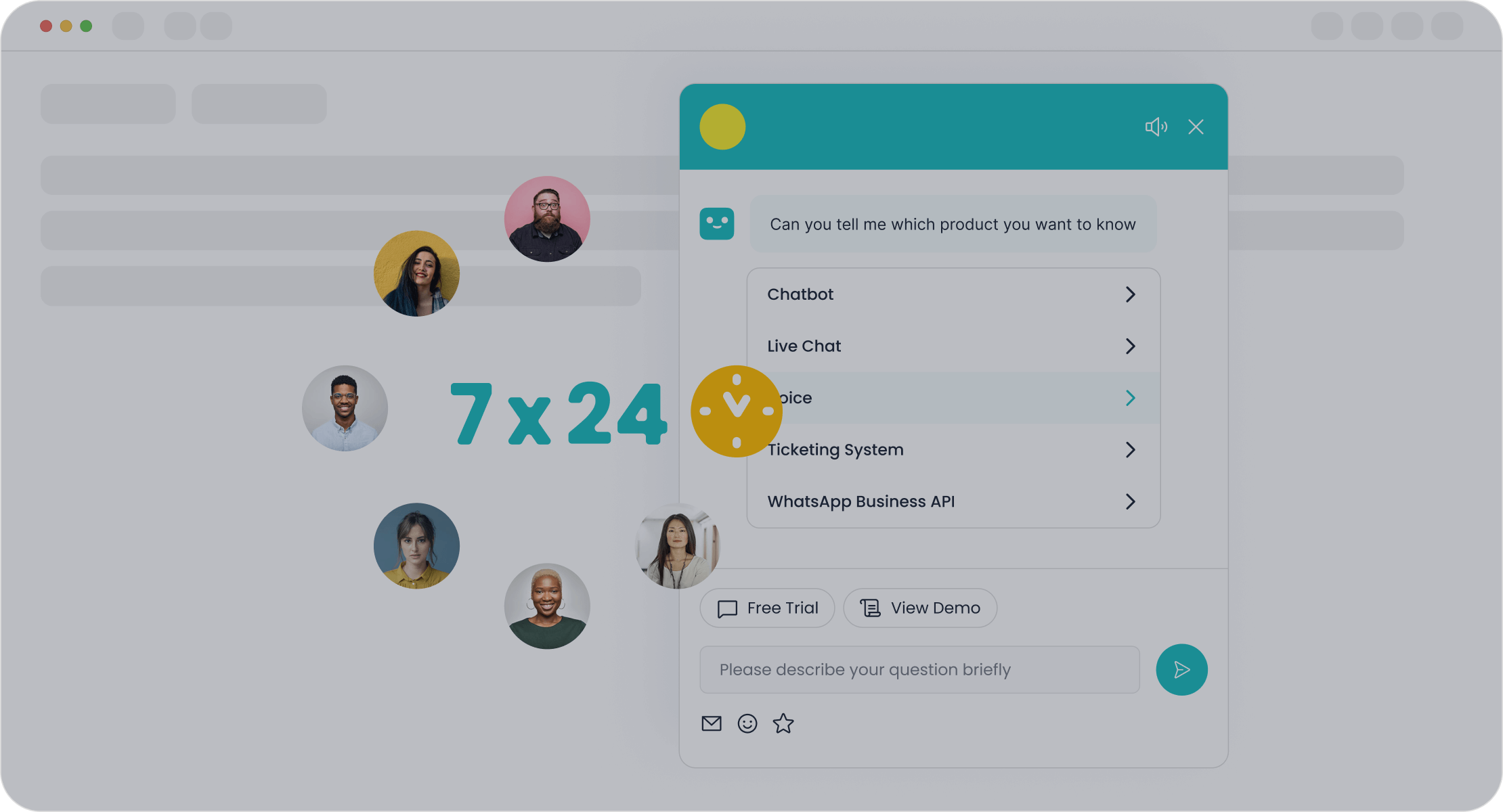
Scaling customer support can feel overwhelming, especially during peak times. That’s where Sobot’s AI solutions shine. They reduce inbound discussion volumes by 20% and achieve a 95% customer satisfaction rate. Whether it’s through self-service chatbots or omnichannel support, Sobot helps businesses handle high volumes without compromising quality.
Take a look at these performance metrics:
| Metric | Value |
|---|---|
| Customer satisfaction rate | 95% |
| Problem resolution rate | 85% |
| Self-service question resolution | 22.2% |
| Positive feedback | 96%+ |
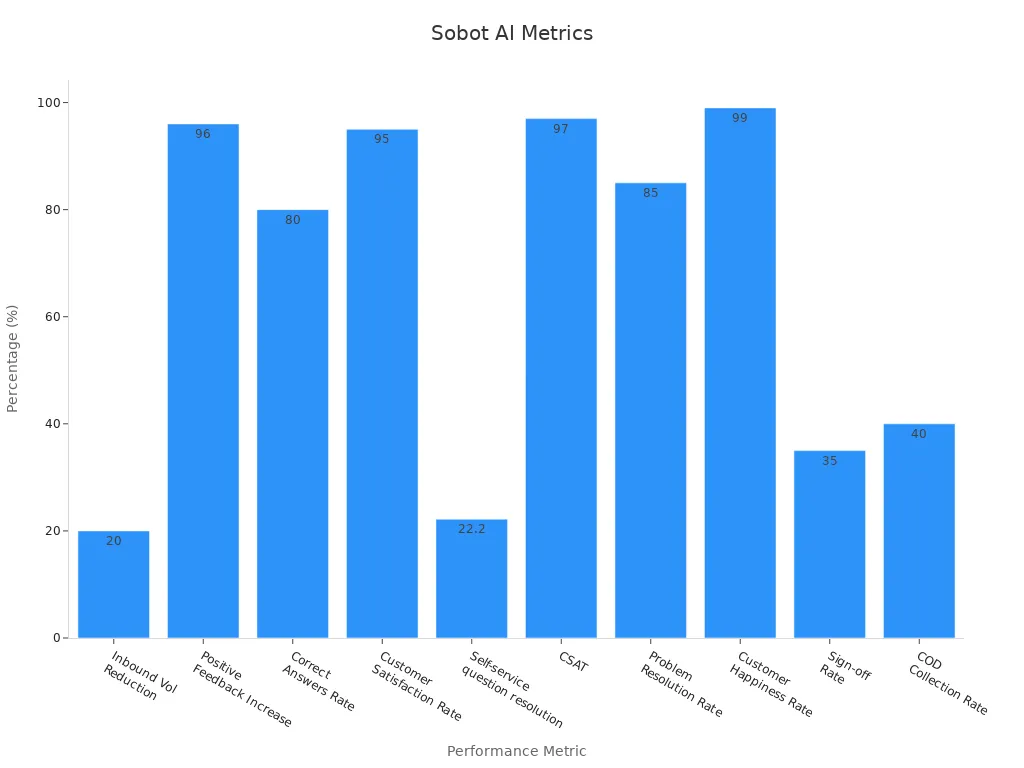
Sobot’s solutions also drive innovation by enabling businesses to expand into new markets. For example, a client entering Southeast Asia achieved a 97% CSAT score using Sobot’s tools. These results demonstrate how generative AI can transform CX, making it more personalized and efficient.
Tip: Investing in scalable AI solutions like Sobot’s not only improves customer engagement but also positions your business for long-term success.
Generative AI is reshaping how businesses connect with you, and by 2025, it will completely transform customer experience. Companies will use AI to scale content creation, deliver personalized solutions, and unify their CX strategies. This shift will make interactions faster, smarter, and more meaningful.
- Brands will prefer AI tools tailored to their industries, ensuring immediate value.
- Unified AI systems will streamline operations, enhancing both efficiency and customer experiences.
The benefits are clear. Enhanced CX drives revenue growth, with financial services reporting a 4.2x return on AI investments. Plus, 67% of decision-makers plan to increase their generative AI budgets next year. Businesses that embrace these trends will not only stay competitive but also build stronger, lasting relationships with their customers.
Tip: The future of CX is bright, and generative AI will lead the way. Are you ready to experience it?
FAQ
What is generative AI, and how does it enhance CX?
Generative AI creates content, solutions, or responses based on data. It enhances CX by personalizing interactions, predicting your needs, and offering instant support. This technology ensures faster, smarter, and more meaningful customer experiences across various platforms.
How do chatbots improve customer service?
Chatbots handle repetitive queries, provide instant answers, and operate 24/7. They free up human agents for complex issues, ensuring faster resolutions. Tools like Sobot’s chatbot also personalize interactions, making your experience seamless and efficient.
Can AI-powered CX solutions work across multiple platforms?
Yes! AI-powered CX solutions like Sobot’s integrate with platforms like WhatsApp, SMS, and email. This omnichannel approach ensures consistent and personalized support, no matter where you reach out.
Are AI solutions secure for customer data?
Absolutely. Advanced AI solutions, like those from Sobot, prioritize data security. They comply with regulations like GDPR, use encryption, and ensure continuous backups to protect your information.
How does predictive AI anticipate customer needs?
Predictive AI analyzes your past interactions and behaviors to forecast what you might need next. This proactive approach helps businesses offer solutions before you even ask, creating a smoother and more satisfying experience.
See Also
Enhancing Efficiency With AI-Driven Customer Service Solutions
Transforming Support Through AI Customer Service Agents
Best 10 AI Solutions for Enterprise Contact Centers
